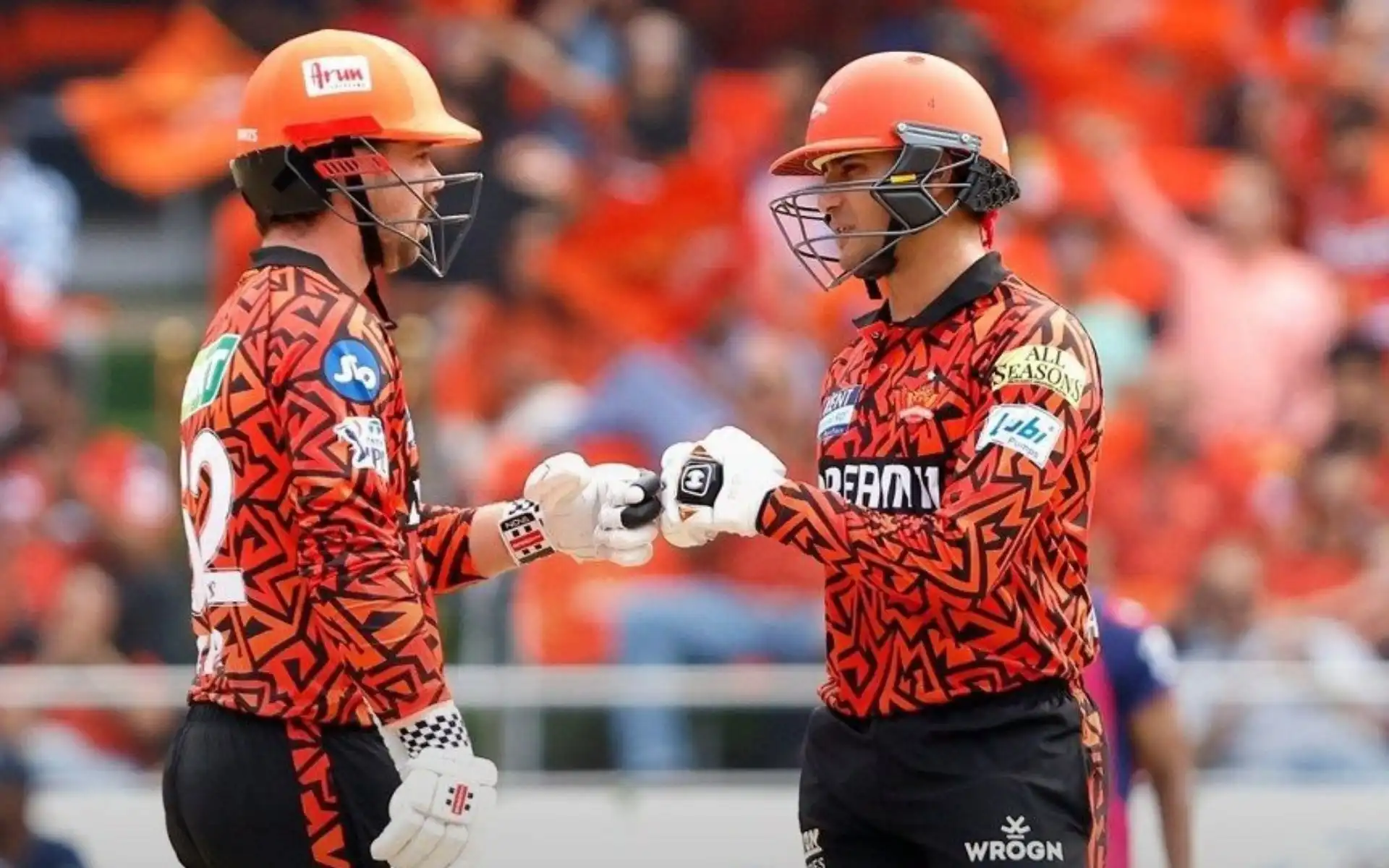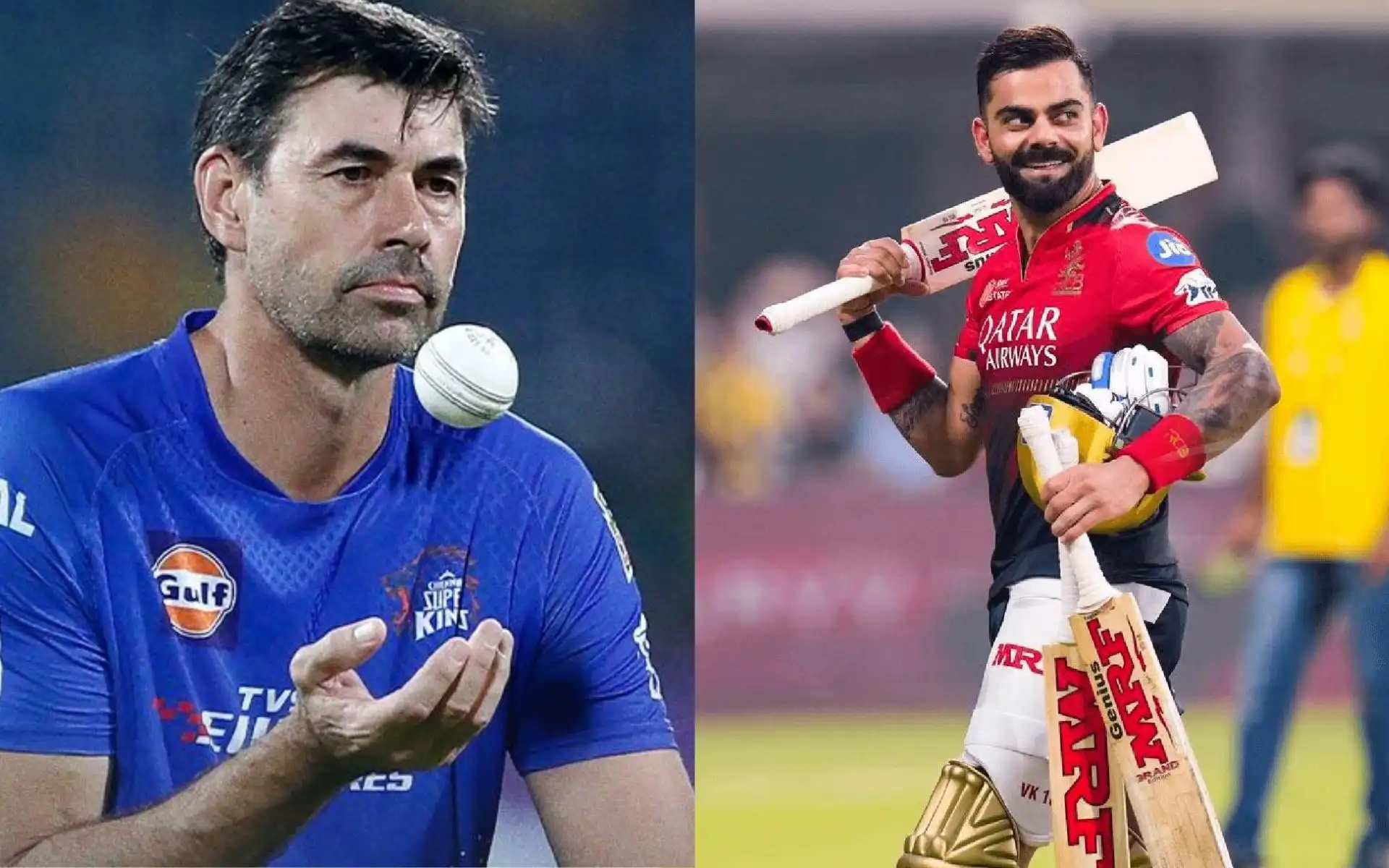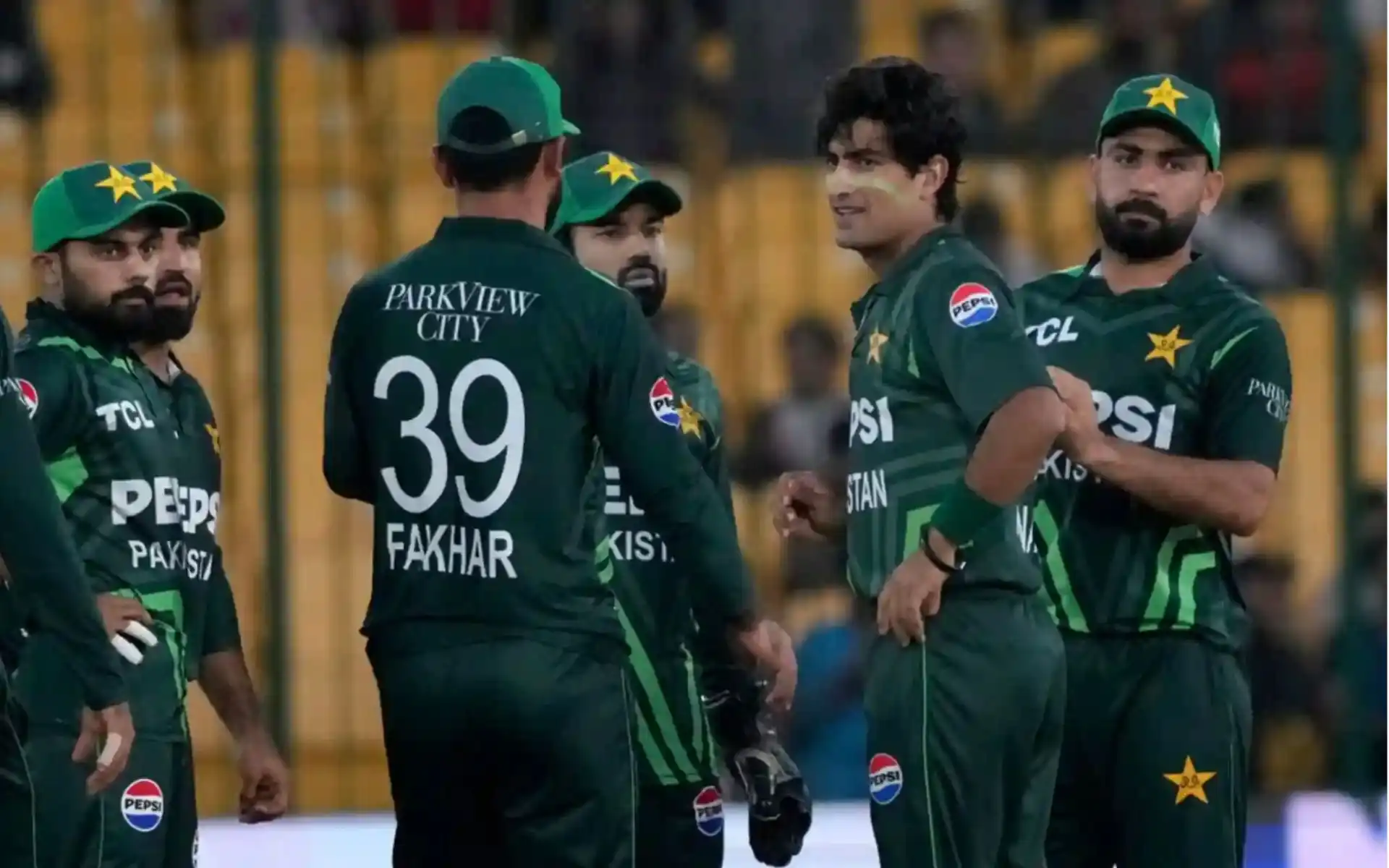![Virat Kohli and Rohit Sharma in frame [Source: @Shebas_10dulkar/X]](https://onecricketnews.akamaized.net/parth-editor/oc-dashboard/news-images-prod/1743152377790_BCCI_Central_Contract.jpg?type=hq) Virat Kohli and Rohit Sharma in frame [Source: @Shebas_10dulkar/X]
Virat Kohli and Rohit Sharma in frame [Source: @Shebas_10dulkar/X]
The Board of Control for Cricket in India (BCCI) Central Contract is an annual retainership system designed to recognize and reward senior men’s cricketers for their contributions to the national team.
Introduced to ensure financial stability and incentivize performance, these contracts categorize players into four grades (A+, A, B, and C) based on their role, consistency, and format-specific impact.
BCCI Central Contract: All You Need To Know
Notably, the contracts also mandate player availability for domestic cricket when not representing India, reinforcing the board’s emphasis on prioritizing national and domestic commitments.
Grades and Eligibility Criteria
The BCCI classifies players into four tiers, each with distinct financial rewards and expectations:
- Grade A+: Reserved for all-format stalwarts. Back in 2023-24, Rohit Sharma, Virat Kohli, Jasprit Bumrah, and Ravindra Jadeja occupied this tier. Though they were reported of a demotion earlier, recent reports surfacing they are likely to retain their positions.
- Grade A: Includes key performers like KL Rahul, Mohammed Shami, and Mohammed Siraj (promoted from Grade B in 2024).
- Grade B: Features emerging stars such as Shubman Gill and established players like Shardul Thakur.
- Grade C: Comprises rising talents like Rinku Singh, Tilak Varma, and Ruturaj Gaikwad.
When Do You Qualify For A Central Contract?
To qualify, players must meet minimum match requirements which are 3 Tests, 8 ODIs and 10 T20Is.
Failure to comply with BCCI guidelines—such as skipping domestic tournaments like the Ranji Trophy—can lead to exclusion, as seen with Shreyas Iyer and Ishan Kishan in 2024.
Notably, Shreyas Iyer has bene reported to regain back his central contract after consistent performances in the doemstic circuit.
What is the amount of BCCI Central Contracts?
While exact figures vary annually, retainers are approximately structured as put below as per Business Standard:
| Grades | Annual Retainership (Approx.) |
| A+ | INR 7-10 crore |
| A | INR 5-6 crore |
| B | INR 3-4 crore |
| C | INR 1-2 crore |
Match Fees per game
| Format | Fees (Approx.) |
| Test | INR 15 lakh |
| ODI | INR 6 lakh |
| T20I | INR 3 lakh |
These earnings are separate from IPL salaries, ensuring players are compensated for national duties.
Significantly, the 2023-24 contract cycle saw notable changes. Emerging Test debutants Sarfaraz Khan and Dhruv Jurel were initially excluded but became eligible for Grade C after playing their third Test in Dharamsala against England.
Their selection highlighted the BCCI’s strict adherence to eligibility criteria. Conversely, established stars like Iyer and Ishan Kishan faced exclusion for prioritizing personal training over Ranji Trophy participation, underscoring the board’s push to strengthen domestic cricket.
Why Is The Central Contract Important?
Central contracts ensure player loyalty and availability, creating a structured pathway for talent retention. By linking contracts to domestic cricket participation, the BCCI reinforces the importance of grassroots development.
For players, these contracts offer financial security, allowing them to focus on performance without external pressures. As the 2025-26 contract cycle approaches, the system continues to balance meritocracy with discipline, ensuring India’s cricketing ecosystem remains robust and competitive.





